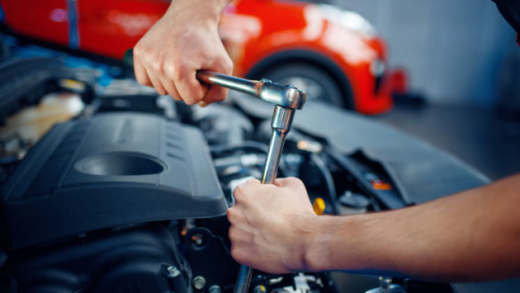When it comes to kayaking, one of the fundamental decisions you need to make is whether to choose a sit-in kayak or a sit-on-top kayak. Both options have their own advantages and considerations, and understanding the differences between them is crucial in selecting the right kayak for your needs. In this article, we will delve into the pros and cons of sit-in and sit-on-top kayaks, helping you make an informed decision based on your preferences and intended use.
1. Sit-in Kayaks:
Sit-in kayaks are designed with an enclosed cockpit where the paddler sits inside the kayak, typically with their legs extended forward. Here are some key points to consider:
a. Enhanced Performance: Sit-in kayaks offer better performance in terms of speed, maneuverability, and tracking. The lower center of gravity and streamlined design allow for efficient paddling, making them ideal for longer trips and more challenging waters.
b. Protection and Comfort: The enclosed cockpit provides protection from the elements, such as wind, waves, and cold water. Additionally, sit-in kayaks often feature adjustable seats and thigh braces, offering better support and comfort during extended paddling sessions.
c. Storage Capacity: Sit-in kayaks usually have larger storage compartments, both in the bow and stern, allowing you to carry more gear and equipment for overnight trips or fishing excursions.
2. Sit-on-Top Kayaks:
Sit-on-top kayaks, as the name suggests, have an open deck where the paddler sits on top of the kayak. Let’s explore the advantages of this kayak style:
a. Ease of Use: Sit-on-top kayaks are beginner-friendly and easier to get in and out of compared to sit-in kayaks. They provide a more stable platform, making them suitable for recreational paddling, fishing, and even water activities like snorkeling or swimming.
b. Self-Draining Design: Unlike sit-in kayaks that require bilge pumps or manual draining, sit-on-top kayaks have scupper holes or self-draining systems. This feature allows water to drain out of the kayak, making them virtually unsinkable and easy to maintain.
c. Accessibility and Safety: Sit-on-top kayaks offer greater accessibility, especially for individuals with limited mobility or those who may feel claustrophobic in a sit-in kayak. In case of capsizing, re-entry onto a sit-on-top kayak is relatively easier and safer.
Conclusion:
Choosing between a sit-in kayak and a sit-on-top kayak ultimately depends on your specific needs, preferences, and intended use. If you prioritize performance, protection, and storage capacity, a sit-in kayak might be the better option. On the other hand, if ease of use, accessibility, and self-draining capabilities are your priorities, a sit-on-top kayak could be the ideal choice. Remember to consider factors such as the type of water you’ll be paddling in, your skill level, and the activities you plan to engage in.


